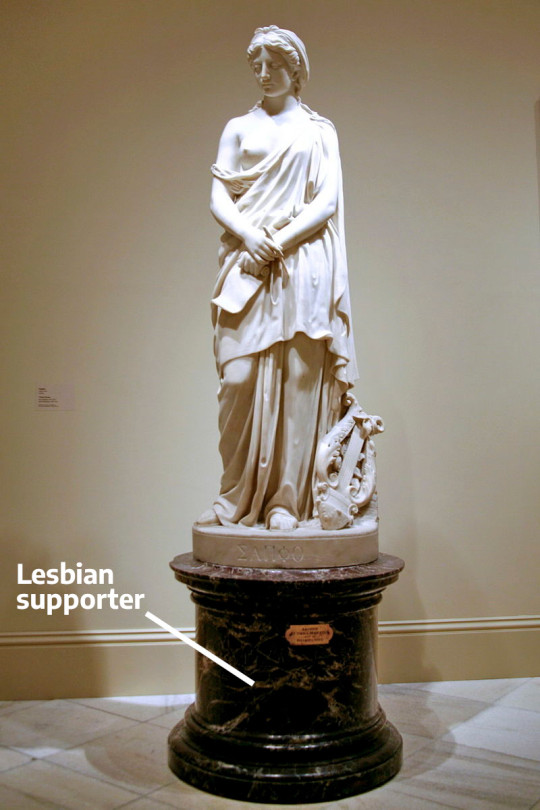#Vinnie Ream
Explore tagged Tumblr posts
Text

Vinnie Ream at work on her Lincoln bust, which rests upon the stand she used in the White House while President Lincoln posed for her.
Lavinia Ellen "Vinnie" Ream Hoxie (September 25, 1847 – November 20, 1914) was an American sculptor. Her most famous work is the statue of U.S. President Abraham Lincoln in the United States Capitol rotunda. Ream's Statue of Sequoyah and Statue of Samuel J. Kirkwood, both part of the National Statuary Hall collection. Other notable works by Ream include the Statue of David Farragut and the Bust of Edwin B. Hay, which are also both located in Washington, D.C. Additionally, Ream created works which were displayed at The Woman's Building at the 1893 World's Columbian Exposition in Chicago. via Wikipedia

4 notes
·
View notes
Text
VINNIE REAM // SCULPTOR
“She was an American sculptor, best remembered for her sculpture of Abraham Lincoln in the rotunda of the Capitol in Washington, DC. She was an amateur who got the commission aged just eighteen, the first woman to win such an assignment from the federal government. In 1875 she beat prominent male artists to win a $20,000 government commission to create a bronze statue of Admiral David G. Farragut. Cast from the propeller of the naval hero's flagship, it stands in Farragut Square, Washington, DC. She gave up sculpture for many years because her husband didn't like it.”
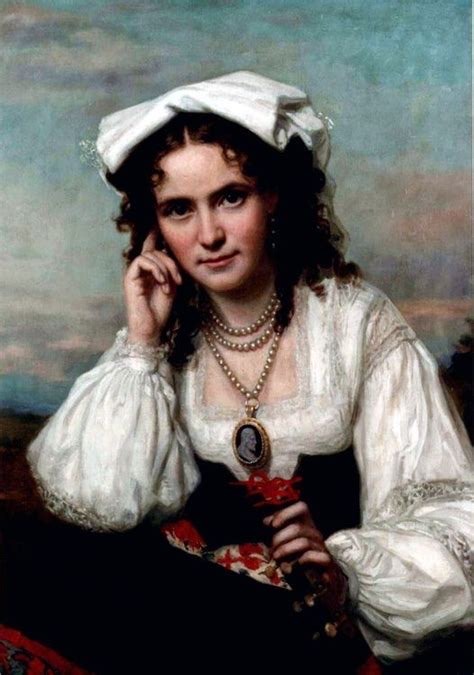
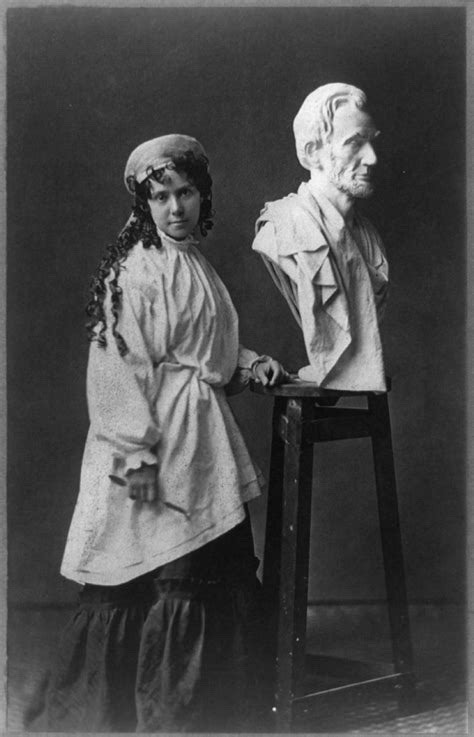
2 notes
·
View notes
Text
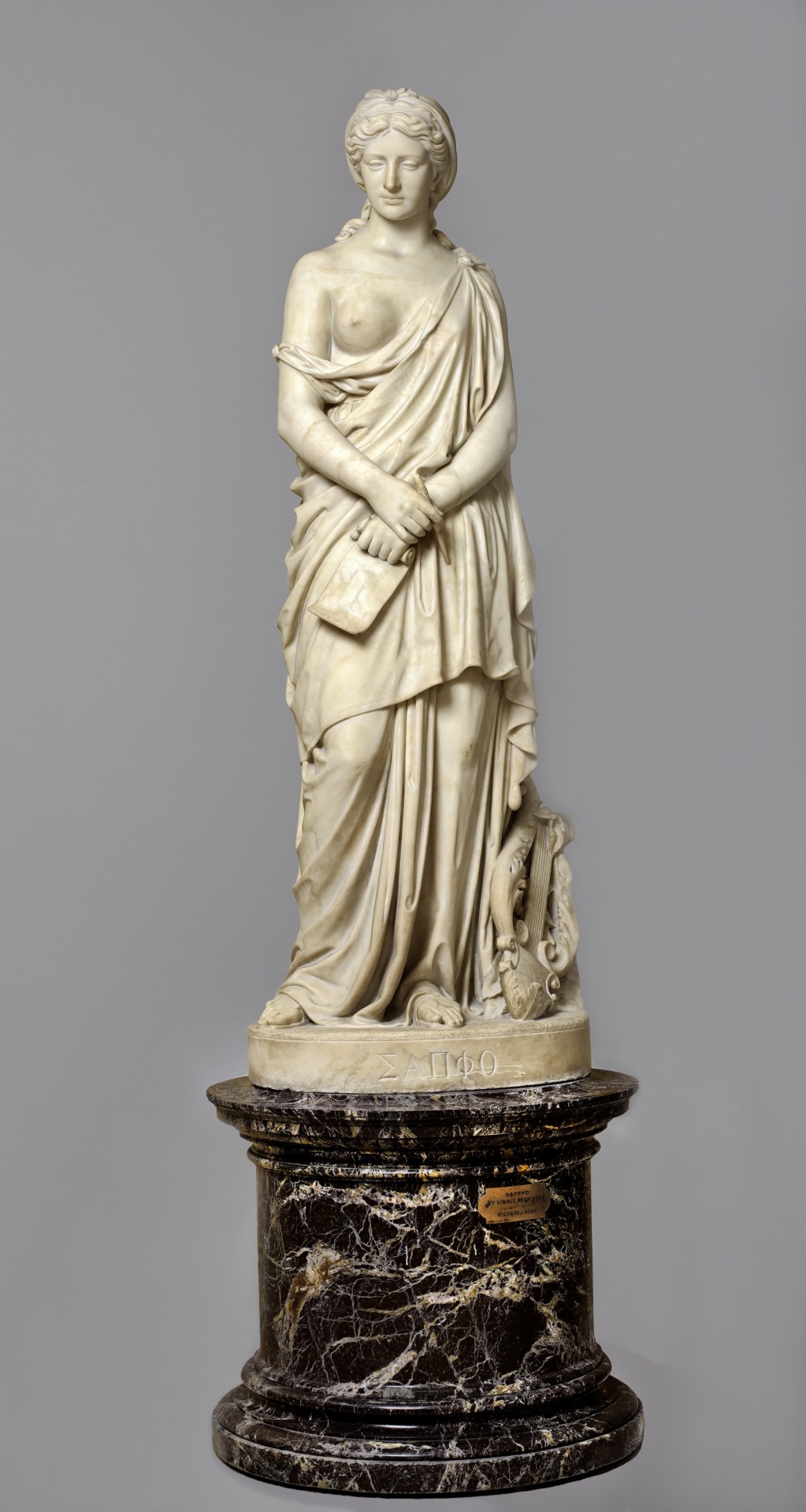
Vinnie Ream (Lavinia Ellen Ream), 1847-1914
Sappho, ca.1870, marble, 168.4x63.5x53.2 cm
Smithsonian American Art Museum Inv. 1915.6.1
40 notes
·
View notes
Text
the villanis sapho is fine but what about vinnie ream etc? you gotta branch out to 3d printing other sapphos
#this is about gay women who make/buy etsy planters soaps etc#maybe no one wants to make a new model. idk
4 notes
·
View notes
Text
SHE IS GOING TO BE THE GREATEST SCULPTRESS Of THE GILDED AGE
Prairie Cinderella: Vinnie Ream and the Gilded Age (Forgotten Women Book 3) Biographical Historical Fiction by Joan Koster Book Tour
A biographical historical novel about the power of family ties, the pursuit of fame, and the pain of unrequited love, based on the life of 19th century American sculptor, Vinnie Ream Hoxie.
#prairiecinderella#biographicalhistoricalfiction#joankoster#koboplus#booktour#Bookandwineloversmarketing1#booktours#strongwomen#artsculpture#vinnieream#gildedage
0 notes
Text
0 notes
Text
Alright here is the D.C. photodump. This will be a long post so extra hidden below the cut
My first stop was of course to the Smithsonian National Museum of American History to see this ridiculous monument.

Yes that is our pater patriae George Washington in a slutty toga. It's by Horatio Greenough, commissioned by Congress in 1832 to mark Washington's 100th birthday. It's honestly very impressive the details are so cool. This is the inscription on the back:

(Can I say that a Cato the Younger sculpture in this pose would go so hard.)
I also saw the American flag from 1814 that inspired the National Anthem. I didn't even know we still had that around.
Next up was the National Portrait Gallery. It turns out that besides portraits they have a ton of other art in there, in particular a lot of sculptures.
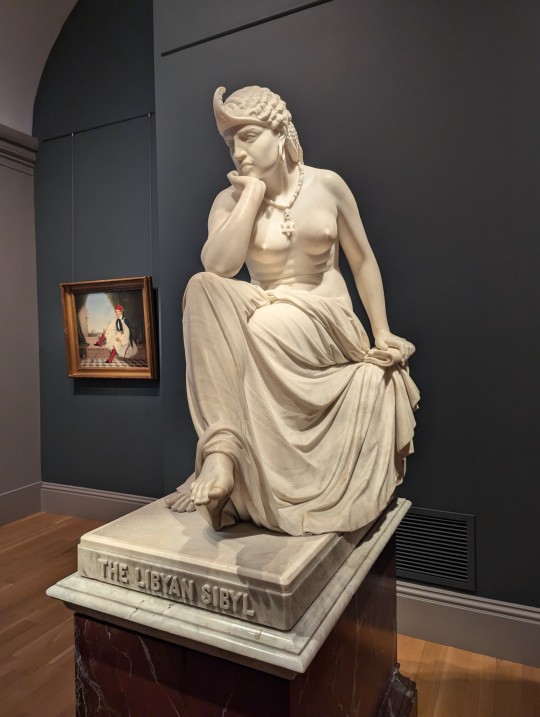
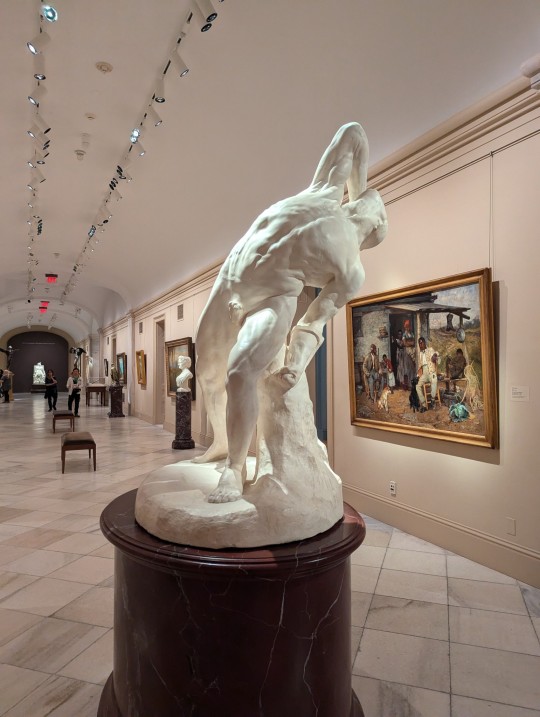
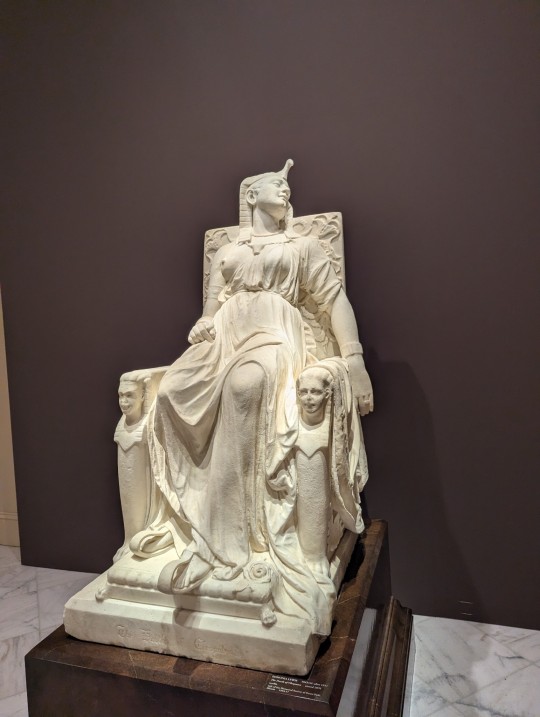
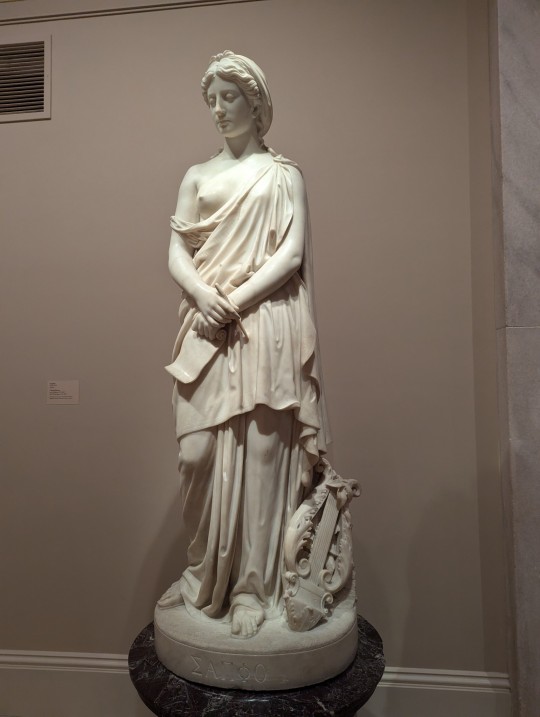
The Libyan Sibyl-William Wetmore Story (1868); The Falling Gladiator-William Rimmer (1861); The Death of Cleopatra-Edmonia Lewis (1876); Sappho-Vinnie Ream (1870)
A theme I noticed, which seems obvious now is that many of the roman influenced works were created around the time of the U.S. Civil War.
I also made sure to drop by the National Archives Museum to see the founding documents: the Declaration of Independence, Constitution, and Bill of Rights. They are so faded and very hard to decipher. Didn't get very good pictures inside but the building itself is of course very impressive.

These guys guard the entrance as well:

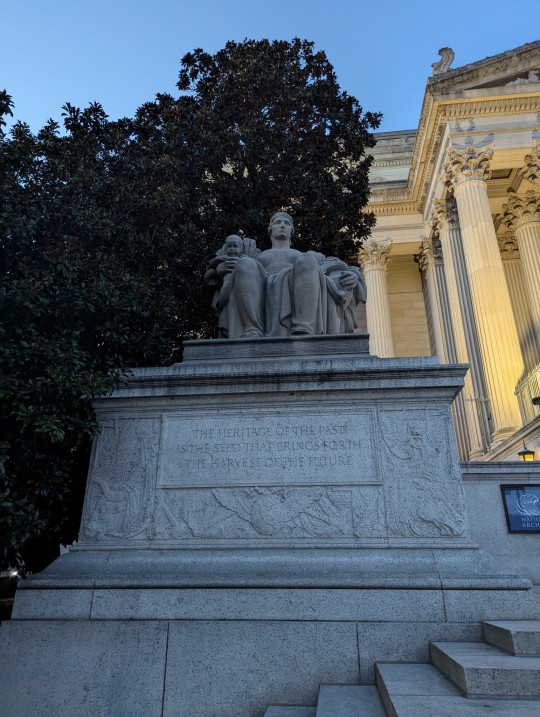
I stumbled very briefly through the Smithsonian National Museum of Natural History but didn't even manage to get any pictures.
I did however get a lot of pictures at the National Gallery of Art. Honestly I was just looking for anything roman. But I also found a da Vinci!
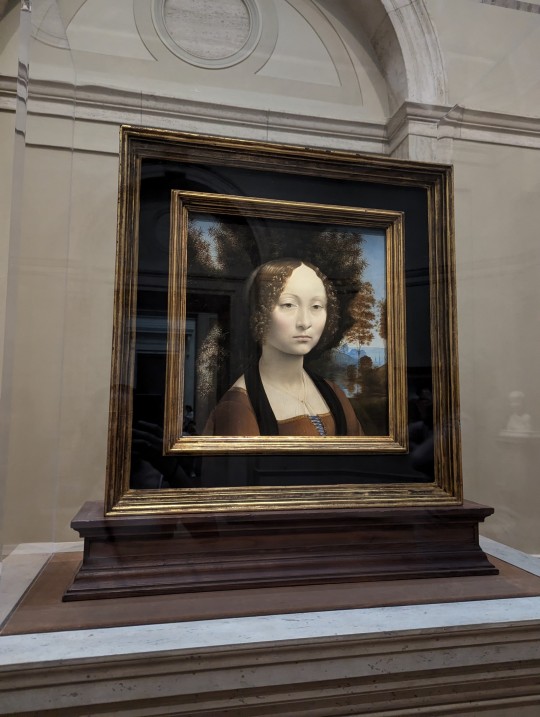
Ginevra de' Benci-Leonardo da Vinci (1474)
And it looks like I have too many pictures to share so I will have to do a second post.
All the museums are so interesting and also free! I wish I had more time to see all of them. But hopefully I will go back some day and see everything I missed.
#i think i managed to see a lot considering i only had one full day off wander around#personal lore and musings
0 notes
Text
Events 7.27 (before 1940)
1364 – Troops of the Republic of Pisa and the Republic of Florence clash in the Battle of Cascina. 1540 – Henry VIII of England marries his fifth wife, Catherine Howard. 1571 – La Laguna encomienda, known today as the Laguna province in the Philippines, is founded by the Spaniards as one of the oldest encomiendas (provinces) in the country. 1635 – In the Eighty Years' War, the Spanish capture the strategic Dutch fortress of Schenkenschans. 1656 – Second Northern War: Battle of Warsaw begins. 1778 – Constitution of the province of Cantabria ratified at the Assembly Hall in Bárcena la Puente, Reocín, Spain. 1794 – French Revolution: Maximilien Robespierre and Louis Antoine de Saint-Just are executed by guillotine in Paris, France. 1808 – Mahmud II became Sultan of the Ottoman Empire and Caliph of Islam. 1809 – Peninsular War: Battle of Talavera: Sir Arthur Wellesley's British, Portuguese and Spanish army defeats a French force led by Joseph Bonaparte. 1821 – José de San Martín declares the independence of Peru from Spain. 1854 – USS Constellation (1854), the last all-sail warship built by the United States Navy and now a museum ship in Baltimore Harbor, is commissioned. 1864 – American Civil War: Battle of Ezra Church: Confederate troops make a third unsuccessful attempt to drive Union forces from Atlanta, Georgia. 1866 – At the age of 18, Vinnie Ream becomes the first and youngest female artist to receive a commission from the United States government for a statue (of Abraham Lincoln). 1868 – The 14th Amendment to the United States Constitution is certified, establishing African American citizenship and guaranteeing due process of law. 1883 – A moderate earthquake measuring magnitude 4.3–5.2 strikes the Italian island of Ischia, killing over 2,300 people. 1896 – The city of Miami is incorporated. 1911 – The Australasian Antarctic Expedition began as the SY Aurora departed London. 1914 – In the culmination of the July Crisis, Austria-Hungary declares war on Serbia, igniting World War I. 1915 – The United States begins a 19-year occupation of Haiti. 1917 – The Silent Parade takes place in New York City, in protest against murders, lynchings, and other violence directed towards African Americans. 1932 – U.S. President Herbert Hoover orders the United States Army to forcibly evict the "Bonus Army" of World War I veterans gathered in Washington, D.C. 1935 – First flight of the Boeing B-17 Flying Fortress. 1938 – Hawaii Clipper disappears between Guam and Manila as the first loss of an airliner in trans-Pacific China Clipper service. 1939 – The Sutton Hoo helmet is discovered.
0 notes
Text
Road To D(ream) T(il) I(t’s) O(ver) continues 📍New video drops Friday on
#hiphop#musicians on tumblr#rap#youtube#indie music#indie rapper#music video#lyrics#new music#Hiphop life#hiphop rap#underground rap#album review
0 notes
Text

this was an entirely new situation for him , in more ways than one . the facade they were carrying on between them hard enough but to find himself between two woman throughout it was even more of a shock to his system . it wasn't him , his mother would likely ream him a new ass for this , if she knew . he could feel the shift in her demeanor with him instantly , their run in - in new york enough of a catalyst for it . " want to tell you ? " he questions , as if to buy himself some time . one thing vinnie wasn't was a liar , he'd have no choice but to tell her if she asked him but he also struggled with the idea of owning up to breaking a promise ... even if it was one he didn't quite understand why he had to make it . " don't really want to tell you anything right now ... " he motions toward her arms folded across her chest , " from the looks of it you don't really want to hear what i have to say , body language speaks volumes , yknow ? "
a closed starter for VINNIE , @chcrrybcmbs !

her icy disposition differed from the former level of comfort that stacey had developed in the males presence , sour feelings harbored . ones that were only likely to grow stronger , if she managed to draw out any further truths from vinnie that had still gone unspoken . truths that she'd already safely assumed in her mind . " if you've got anything you want to tell me , tell me now " emotionless expression washed over features as she addressed the other , arms folded firmly over her chest as a sure sign that her defense was well and truly up , " ― because i will find out either way . "
4 notes
·
View notes
Photo
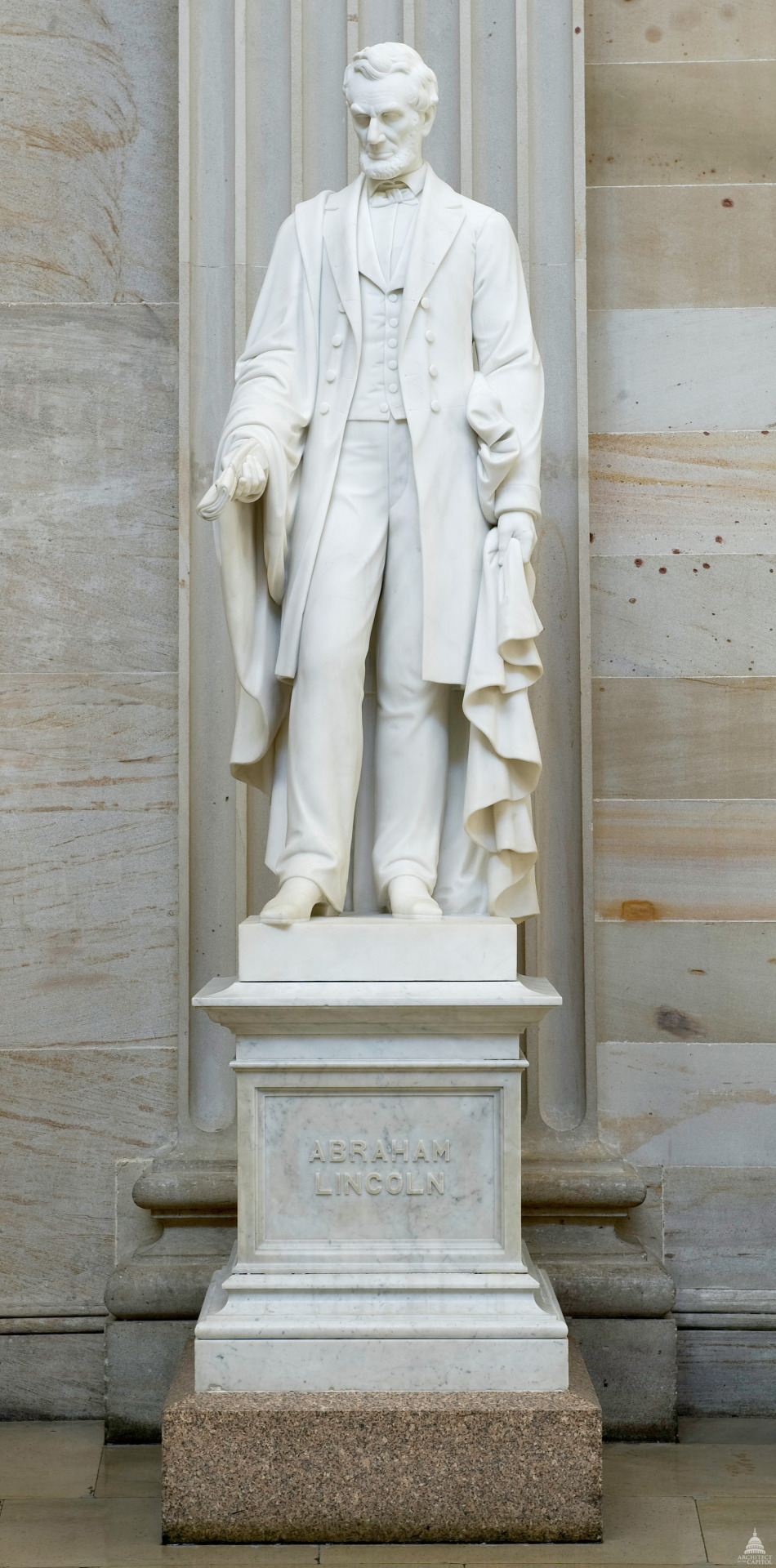
Abraham Lincoln sculpture in the U.S. Capitol Rotunda Sculpted by Vinnie Ream
Podcast: Vinnie Ream and a Senate Debate
1 note
·
View note
Text

Sculptor Vinnie Ream with a bust of her statue of Abraham Lincoln, 1865. The full statue now stands in the US Capitol Rotunda.
0 notes
Photo

The Vinnie Ream Farragut monument with Connecticut Avenue in the background.
#Vinnie Ream#American sculpture#american high art#american military#farragut#american civil war#union
3 notes
·
View notes
Text
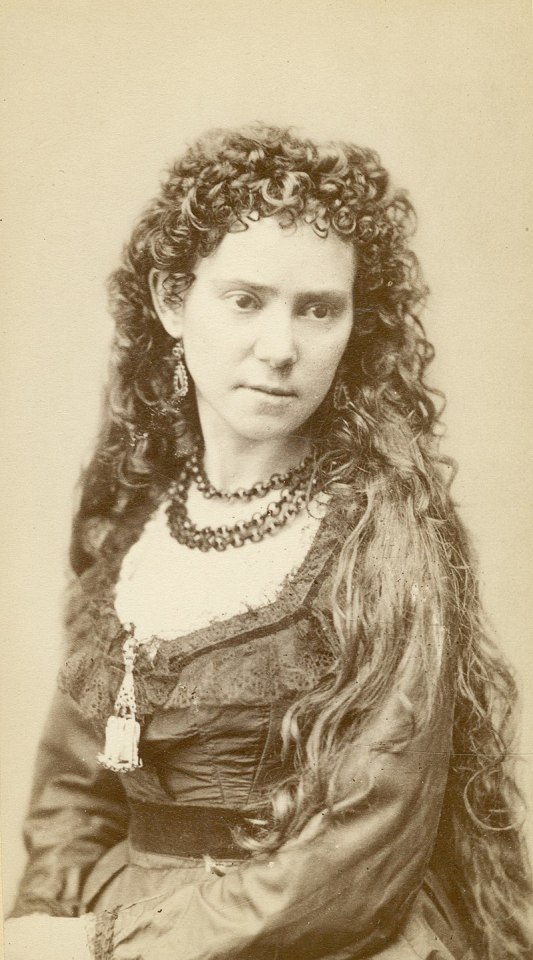
Happy Presidents Day! Today, I learned that the sculptor who created the statue of Abraham Lincoln in the Capitol rotunda looked like THIS! I guess artists have always had interesting hair! Her name was Vinnie Ream and she began work on a bust of Lincoln that eventually evolved into the basis for the statue when she was only 16-17 years old and the finished statue was unveiled when she was only 23, making her the youngest artist and the first woman to have a work commissioned by the government. She won a contest to be the one to create the statue against many more established sculptors
. Also, she created the statue in Farragut Square (also winning a contest to do so) in DC, aka the square I pass through every time I go to the National Geographic Museum. She got married when she was 30 and her husband made her give up sculpting for money because it wasn't 'ladylike.' She did do some more work later in life, but the world of art had moved on. However, one of her sculptures marks the grave that she and her husband share at Arlington National Cemetery.
32 notes
·
View notes
Text
0 notes
